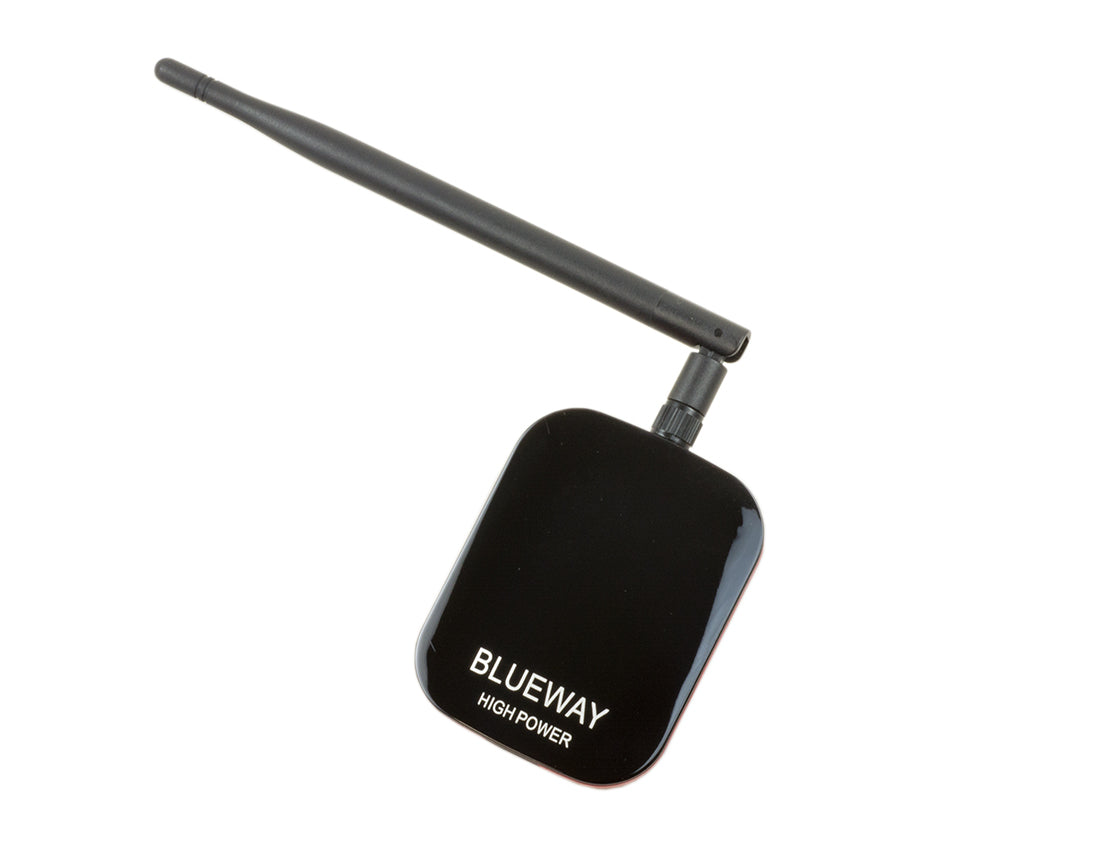
Setting up a Wireless Access Point - Bridge Method (internet over wired Ethernet)
In this tutorial we will show you how to setup your Raspberry Pi as a WiFi Access Point and how to bridge the access point to your wired internet connection. If you are looking to connect your access point to the internet over a wifi connection then check out this tutorial here.
Let’s start by making sure our Raspbian installation is fully up-to-date
sudo apt-get update sudo apt-get upgrade
Then we can install the software required for this tutorial, hostapd and bridge-utils
sudo apt-get install hostapd bridge-utils
Next we need to stop our Ethernet interface and our WiFi interface from being assigned an IP address. This is because the bridge will act as a network interface that has its own IP address, and it’ll manage the connections over Ethernet and WiFi.
You will need to find out the name of these interfaces, by typing the following command:
ifconfig
You should see a list of network interfaces. Your wired connection will probably be eth0 and your wireless connection will probably be wlan0. If you are using a Pi that has built in WiFi, but want to use a USB WiFi dongle, for better range or performance, then you should see it listed as well, and it’ll probably be called wlan1. You can see in our example we have two WiFi interfaces. We are going to use wlan1, which is our Ultra Long Range High Gain WiFi Dongle.
Now we know the names of our interfaces, eth0 and wlan1 we can edit the dhcpd config file:
sudo nano /etc/dhcpcd.conf
and add the following lines at the bottom of the file (if you have other network interfaces defined in this file, then make sure the following lines are placed BEFORE their definitions.)
denyinterfaces wlan1 denyinterfaces eth0
Now we can create the bridge
sudo brctl addbr br0
With the bridge created, we can then connect our wired Ethernet connection to it, eth0:
sudo brctl addif br0 eth0
Now we need to edit our network interfaces file:
sudo nano /etc/network/interfaces
and add the bridging information:
# Bridge setup auto br0 iface br0 inet manual bridge_ports eth0 wlan1
With the bridge all setup, it’s time to setup our WiFi interface as an Access Point.
Start by editing the hostapd config file:
sudo nano /etc/hostapd/hostapd.conf
and the following block:
interface=wlan1 bridge=br0 driver=nl80211 ssid=RPi_AP hw_mode=g channel=7 wmm_enabled=0 macaddr_acl=0 auth_algs=1 ignore_broadcast_ssid=0 wpa=2 wpa_passphrase=SecurePassword wpa_key_mgmt=WPA-PSK wpa_pairwise=TKIP rsn_pairwise=CCMP
Change the following lines as required:
ssid= - This is the name of the network you see when searching for WiFi networks
wpa_passphrase= - This is the password required to connect to the WiFi network (please note, quotes should NOT be used around the password and must be longer than 8 characters, but less than 64)
Once you’ve added that configuration, we need to tell hostapd to use it by default. To do this we need to edit the hostapd defaults file:
sudo nano /etc/default/hostapd
Update the line #DAEMON_CONF to:
DAEMON_CONF="/etc/hostapd/hostapd.conf"
Take note that the # has been removed!
And that’s it! Reboot your raspberry pi and you should then be able to see a network called “RPi_AP†(or whatever you changed it to) and connect to it with the password you used in the configuration file.










